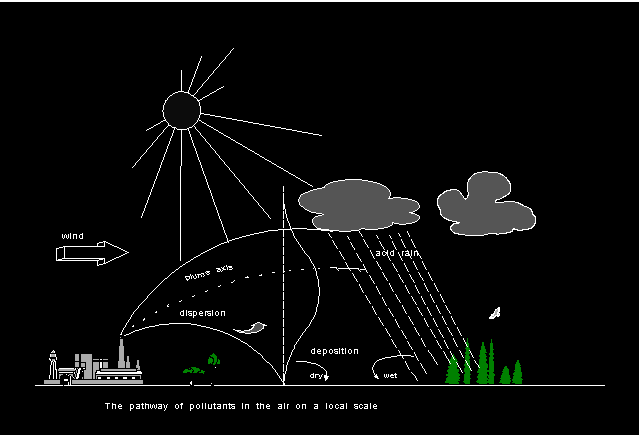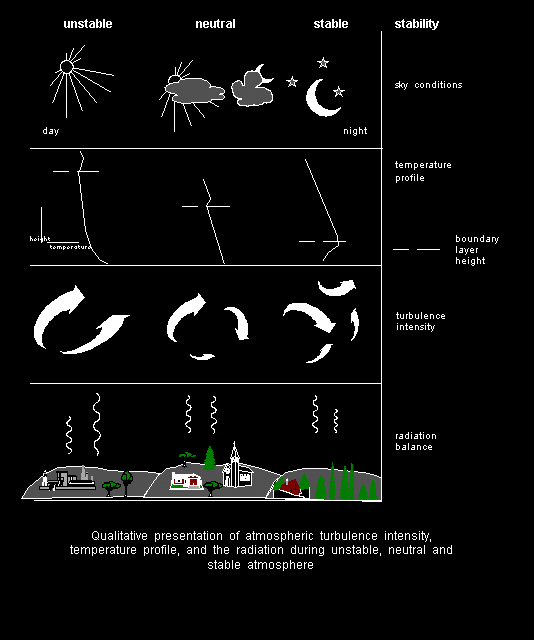[Link to Introduction to the COST 710 action]
Note: The following text was written in 1996 and has not been
revised since then
Meteorological Data for Dispersion Modelling - the COST 710 Programme on
Pre-processing and Harmonisation
- COST 710 G.Cosemansa, J.Erbrinkb , B.E.A. Fisherc,
J.G.Kretzschmara and D.J.Thomsond
a) VITO, Flemish Institute for Technological Research, Boeretang 200, B-2400 Mol,
Belgium
b) KEMA, P.O.BOX 9035, NL-6800 ET Arnhem, The Netherlands
c) University of Greenwich, Rachel McMillan Building, Creek Road, London SE8 3BW, UK
d) Meterological Office (Room 171), London Road, Bracknell, Berkshire RHG12 2SZ, UK
Dispersion models need reliable meteorological data to run properly. Some of the
meteorological data required by dispersion models is not routinely measured e.g. mixing
depths, and has to be inferred from other measurements. The purpose of this co-operative
study under the COST 710 Action is to improve and harmonise the methods of pre-processing
the necessary meteorological input data. The countries participating in the study are:
Austria, Belgium, Denmark, Finland, France, Germany, Greece, Hungary, Italy, The
Netherlands, Portugal, Slovenia, Spain, Sweden, Switzerland, and the United Kingdom.

Figure 1
Figure 1 show schematically the dispersion in the atmosphere of pollution released from a
chimney. Most attention to modelling this behaviour centres on describing in mathematical
equations the spread of airborne material as a function of downwind distance. This is
shown in an idealised way in Figure 2, where the shape of the dispersing plume is assumed
to have the form of a Gaussian function, examples of which are drawn on the diagram.

Figure 2
The purpose of the COST 710 programme is not to address the accuracy of dispersion models,
but to ensure that dispersion models use the most appropriate meteorological data in their
calculations. For example Figure 3 shows three typical meteorological conditions:
unstable, neutral and stable. In each case the sky conditions, the vertical temperature
profile, the turbulence levels and the surface radiation budget will be different. Routine
meteorological parameters do not provide directly all the necessary meteorological
variables to determine dispersion conditions even near the surface of the ground! Involved
calculations and interpolation of data from routine meteorological stations is necessary.
In addition statistics on the frequency of occurrence of each variable is needed for entry
into some of the dispersion models, while other dispersion models require time series of
the meteorological variables.

Figure 3
Pre-processing is the activity of inferring meteorological parameters needed in dispersion
models using routinely available meteorological data, as well as the way in which time
series of hourly data over long time periods are summarized to produce climatologies of
dispersion categories. Possible errors and differences between methods used in this
pre-processing can be of comparable importance to errors occurring in the dispersion
modelling itself.
The work undertaken in the programme has been divided up between four Working Groups on:
(1) the surface energy balance, (2) the boundary layer depth, (3) vertical profiles of
wind, temperature and turbulence and (4) complex terrain. Current practice in each area
has been reviewed using the knowledge of experts in the field, literature surveys and
questionnaires. This has revealed a number of standard methods in routine use in
participating countries. These need to take account of local situations e.g. methods
developed and tested in central Europe for determining the surface heat balance may not
work so well when applied to northern Europe. Datasets collected during intensive
meteorological measurement programmes have also been identified during the initial phase
of the programme and are being used to test the application of the schemes.
It is essential that there is consistency in the way in which meteorological input
parameters are defined and used if the results of dispersion models are to be compared in
a meaningful way. There are various ways of defining the mixing depth, which in COST 710
is taken to be the depth to which pollution will disperse within an hour.
A number of formulae have been identified for describing the vertical profiles of wind
speed, temperature and turbulence in the lower atmosphere. These have often been developed
for ideal conditions. Within COST 710 they are being tested using a number of datasets
from measurements made in a range of different locations. The higher one goes in the
boundary layer the more uncertain the ideal formulae become. Profiles in the upper part of
the boundary layer are important because of their influence on plume rise and dispersion
from tall stacks. Turbulence at these heights determines how fast material will return to
the ground. In situations of sufficiently complex terrain one can no longer assume uniform
flow conditions and dispersion conditions. Complex terrain models have been developed to
address these situations. These models include linear flow models, mass consistent models
and dynamic models which attempt to describe the evolution of flow and turbulence. They
are necessarily complex. The COST 710 programme can only attempt to give general guidance
on when such models are useful.
The main outcome from the programme will be recommendations in respect of the schemes
for determining meteorological input parameters in dispersion models. This will reduce one
potential source of deviation between the predictions of dispersion models. Research has
also been conducted on the sensitivity of dispersion modelling results to the way in which
climatologies are described. In particular, the sensitivity to the number of years of data
used and how it is processed e.g. time series or statistical summaries.
Much of the work was presented at the Fourth
Workshop on Harmonisation within Atmospheric Dispersion Modelling for Regulatory Purposes,
held in Oostende, Belgium, 6-9 May 1996, and published in a special volume of the
International Journal of Environment and Pollution. It is already apparent that much
remains to be done in this neglected aspect of dispersion modelling if harmonisation of
predictive methods is to take place. The COST 710 programme will finish at the end of
February 1997 and it is planned that a report on its activities should be published.
This Web page is maintained by Helge RÝrdam Olesen,
NERI, Denmark.
It was last modified April 7, 1999, but the text itself has not been modified since 1996.
 Back to Introductory COST
710 page
Back to Introductory COST
710 page


